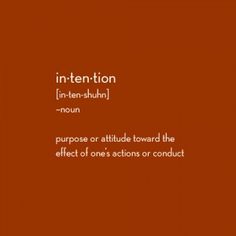I was alerted to this quote by mindfulbalance today (http://mindfulbalance.org/2016/01/07/surprising/).
“We need to practice waking up to surprise. I suggest using this simple question as a kind of alarm clock: “Isn’t this surprising?” “Yes, indeed!” will be the correct answer, no matter when and where and under what circumstances you ask this question. After all, isn’t it surprising that there is anything at all, rather than nothing? Ask yourself at least twice a day, “Isn’t this surprising?” and you will soon be more awake to the surprising world in which we live.” David Steindl-Rast, Awake, Aware and Alert
It reminded me or brought to light (and life) one of the attitudes cultivated with mindful awareness practices: the beginner’s mind. How may we cultivate this attitude of openness and freshness in each moment of our being? As one of our basic emotions, surprise often gets lost. Just like in the movie Inside-Out, it didn’t make the line-up. I found this an inspiring quote that brought freshness to that attitude of ‘beginner’s mind’ and how I may cultivate it in a conscious way. Asking the question: Isn’t this surprising? I may learn to expect and embrace uncertainty; decondition my wired brain that seeks out certainty at each turn. And be grateful for each moment experienced just as it is. Time to try it and see!









